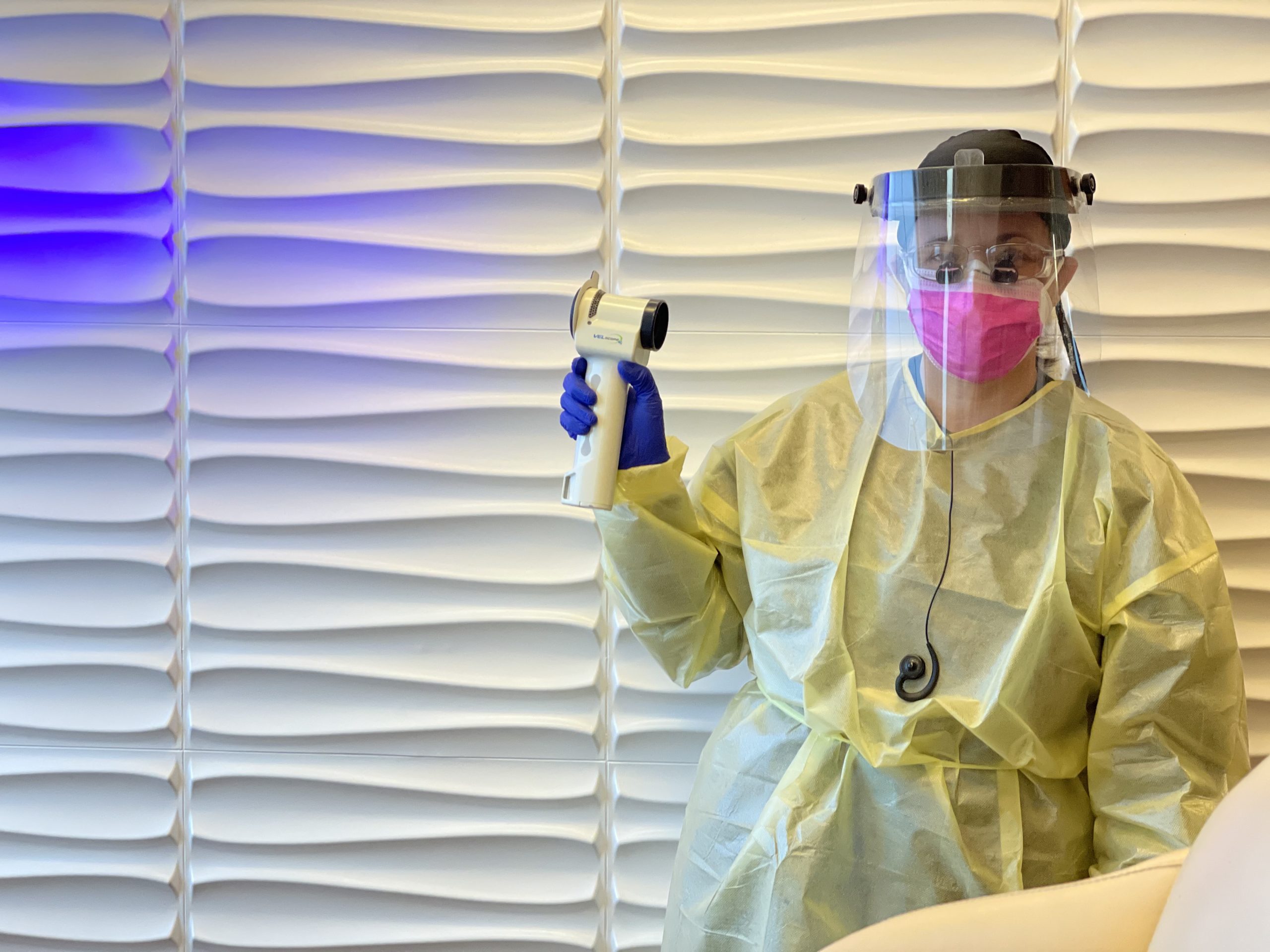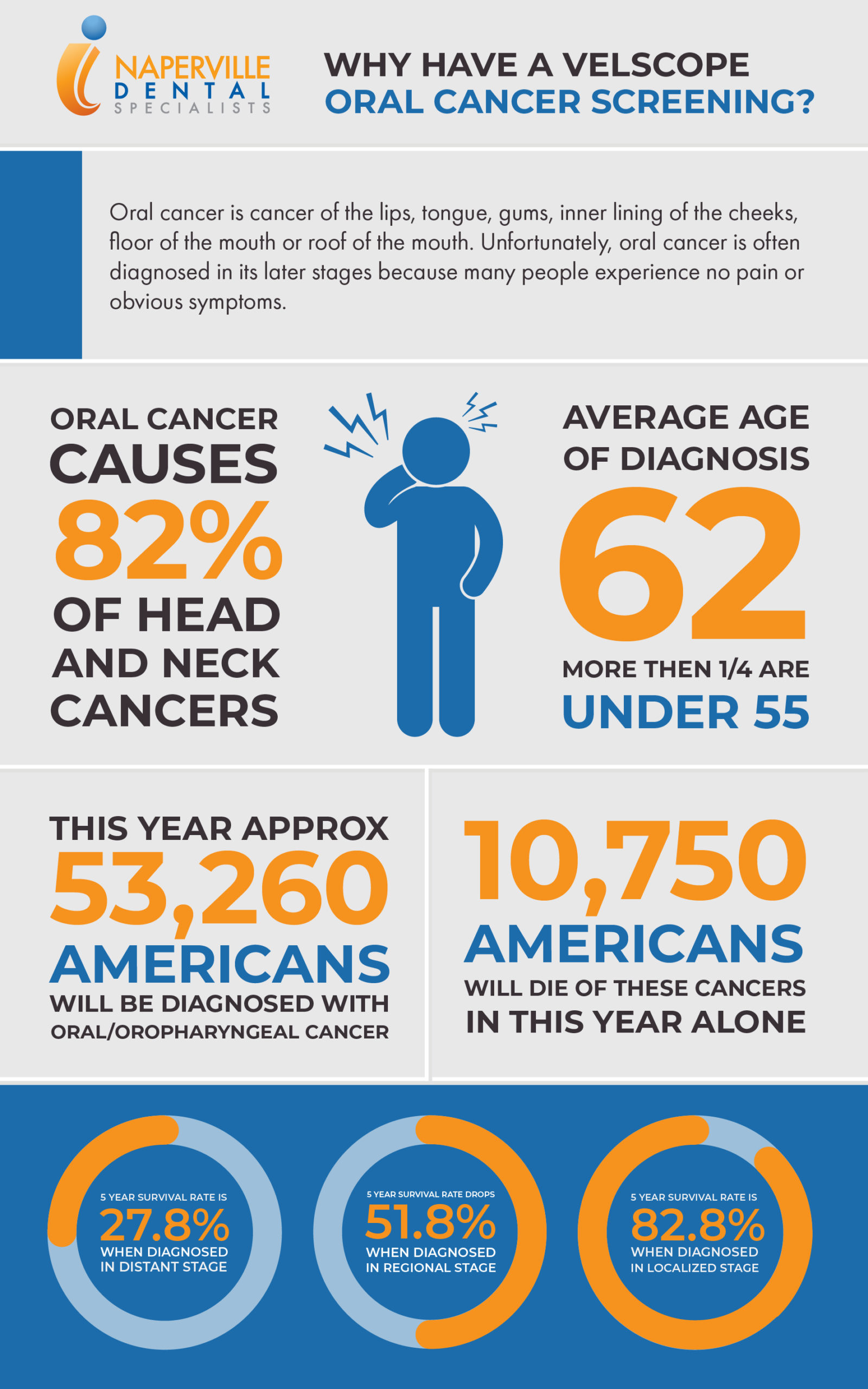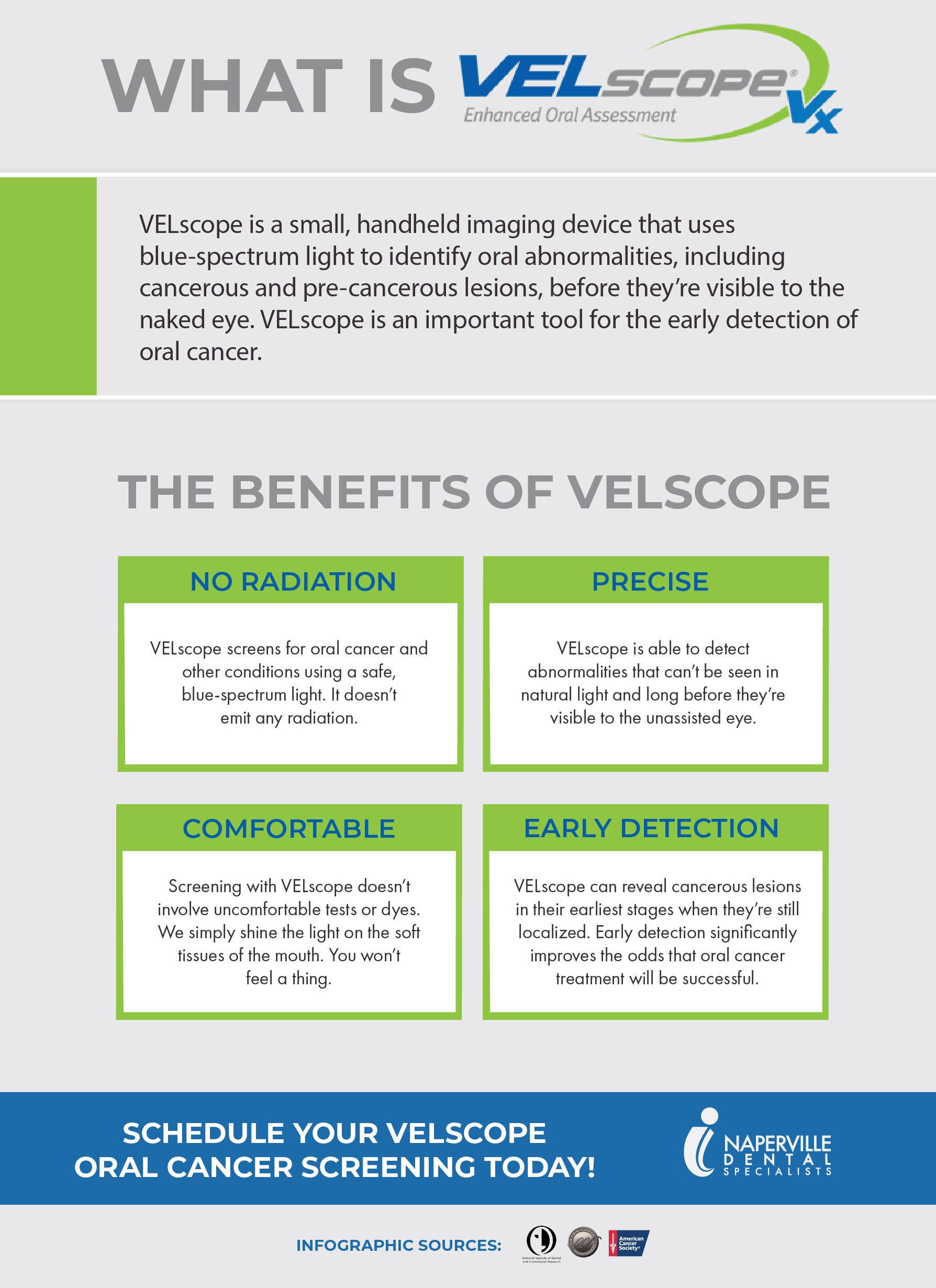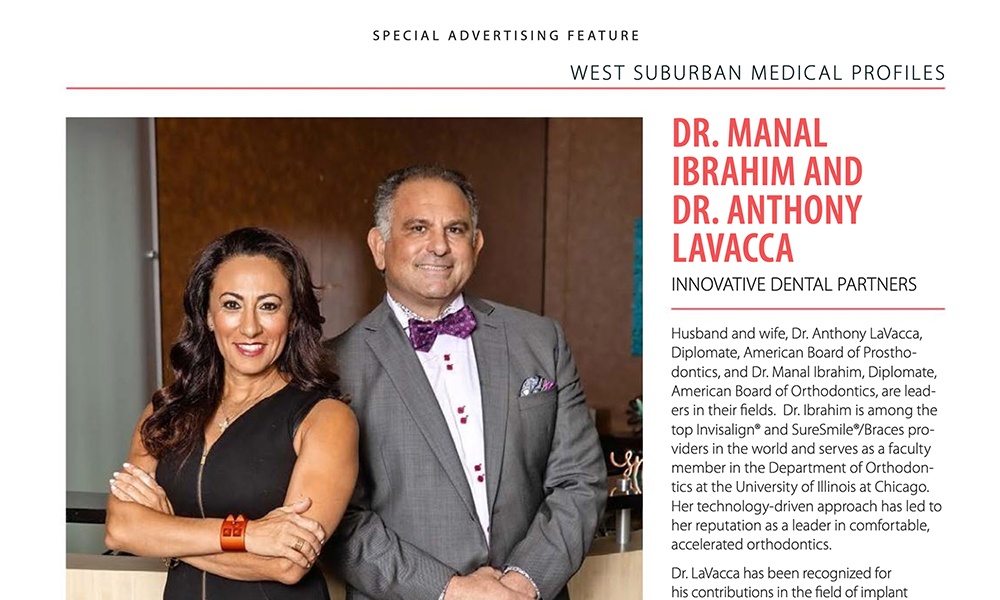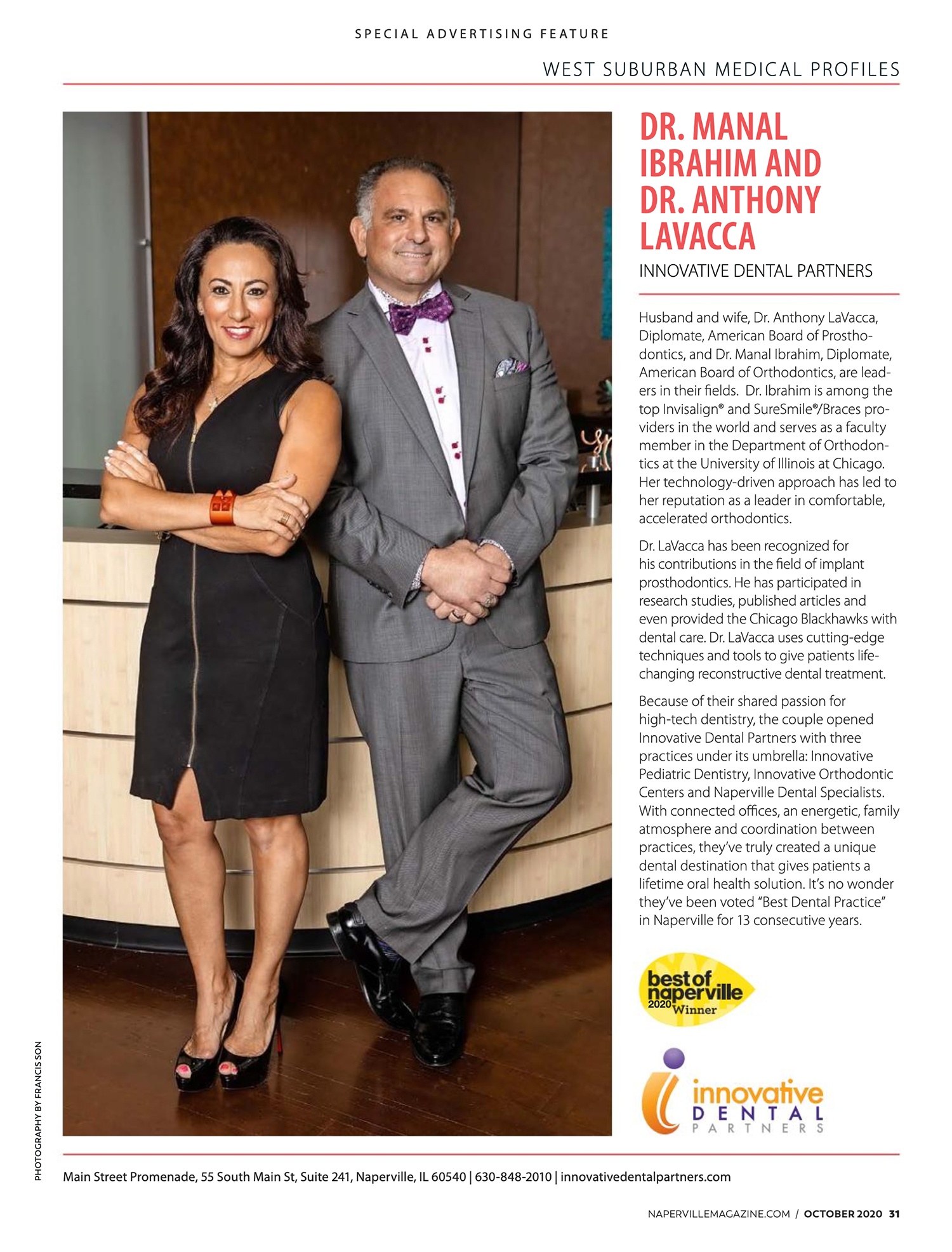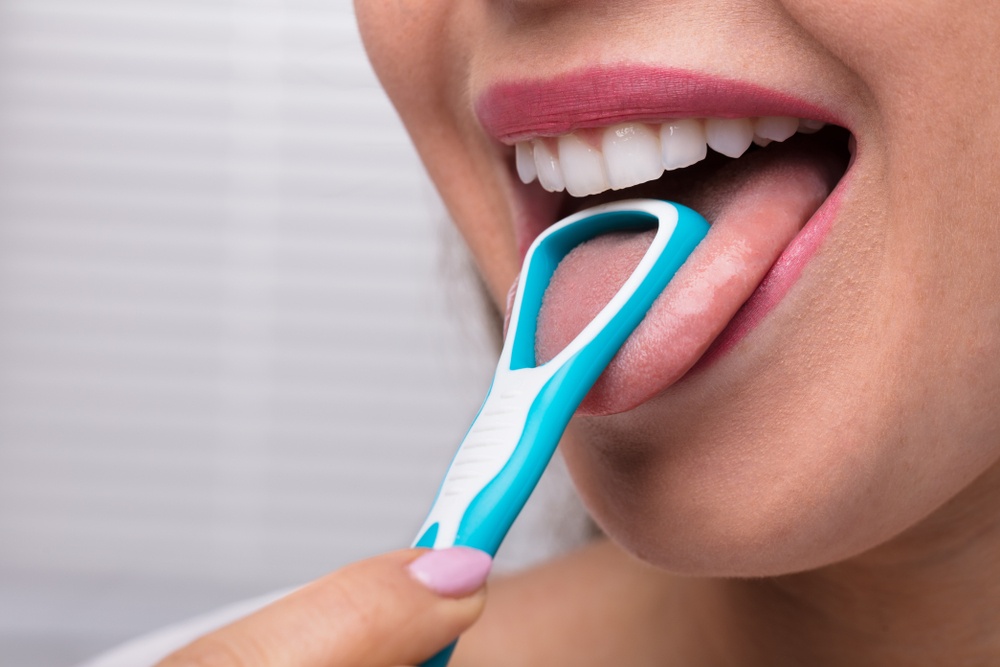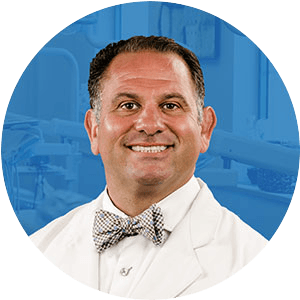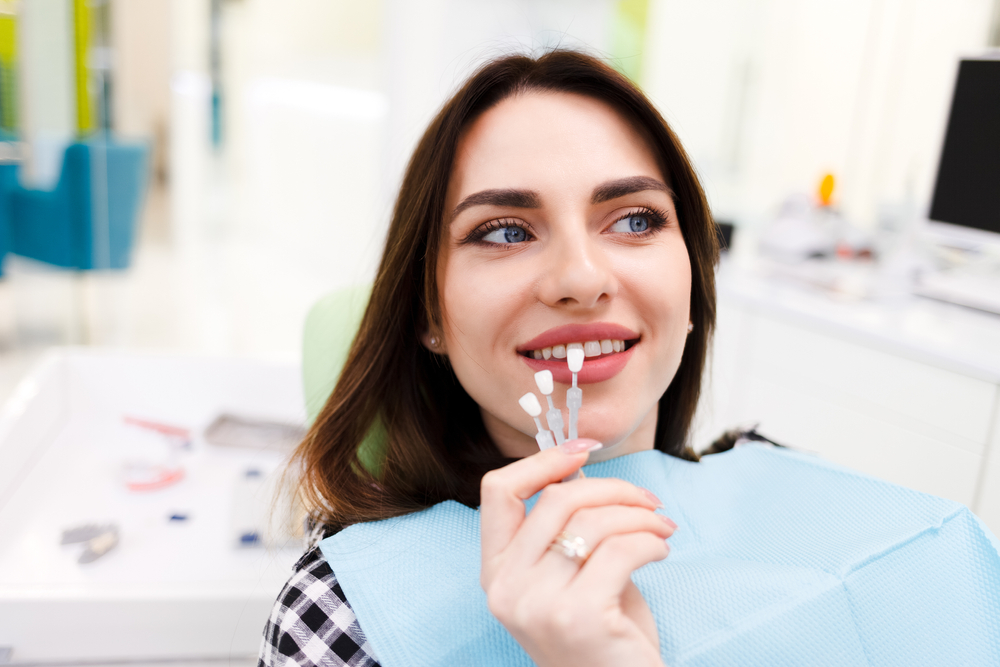
A Naperville cosmetic dentist at our practice received a question from Janet about whether veneers can fix crooked teeth. Here’s what she asked, which we’re sharing with her permission:
All my teeth are fine, except the two top front ones. These two teeth are crooked and kind of go past each other. I wonder if you can tell me if porcelain veneers can fix this kind of problem?
—– Janet
Janet isn’t the only one wondering about fixing crooked teeth with veneers. In fact, it’s a common question we get from our patients at Naperville Dental Specialists. To give more insight into porcelain veneers, including what the cosmetic dentistry solution can fix, we’ll cover:
- What are dental veneers?
- Can veneers fix crooked teeth?
- What other problems can veneers fix?
- What are the pros and cons of dental veneers?
- What are the other treatment options for fixing crooked teeth and similar cosmetic concerns?
What are Dental Veneers?
Before we answer Janet’s question, let’s talk about what dental veneers are. Dental veneers, or porcelain veneers, are extremely thin pieces of porcelain that are bonded permanently to the teeth. The tooth-colored shells cover the front and side surfaces of the teeth in order to mask imperfections and improve the appearance of your smile.
There are different types of dental veneers. While options like press-on veneers and Lumineers® are advertised as easy to place, not every patient is happy with the appearance of press-ons or Lumineers on their teeth. For that reason, your Naperville cosmetic dentist will customize the veneers and the procedure to your individual needs and goals.
How Porcelain Veneers Work?
Getting porcelain veneers is painless and you’ll see results immediately, which is why they’ve become so popular with patients who want to transform their smile. Using a digital intraoral scanner, a Naperville Dental Specialists’ team member will take quick, comfortable scans of your teeth.
A computerized, 3D model of your mouth will be created and your cosmetic dentist will use CAD/CAM software to design custom porcelain veneers that match the shape, color and translucency of your natural enamel.
Once your dental veneers have been created, the dentist will then use special adhesive to bond the veneers to the surface of your teeth. Thanks to our high-tech approach and in-office lab, we can usually complete the procedure in two office visits or, in certain cases, even provide same-day veneers.
Can Veneers Fix Crooked Teeth?
Yes, porcelain veneers can address the problem. They are very effective for fixing the appearance of crooked teeth. The end result will look stunning and natural.
However, veneers camouflage the issue and don’t alter the position of the teeth, so we typically only recommend fixing crooked teeth with veneers when the problem is cosmetic. For more complex cases of misaligned teeth where there are functional or oral health concerns, porcelain veneers may not be the ideal solution.
Innovative Orthodontic Centers, which is part of the Innovative Dental Partners umbrella, offers comprehensive orthodontic treatment, which, as we’ll talk about shortly, could be the better option for aligning the teeth and creating a healthy, functional bite when there is significant tooth misalignment.
That said, if your teeth are just slightly crooked and the misalignment isn’t affecting your oral health or your ability to chew, speak or breathe properly, then veneers are an excellent alternative to orthodontic treatment. Instead of spending months in aligners or braces, the porcelain veneers will be bonded to the front of your teeth, making them instantly look straight.
What Other Problems Can Dental Veneers Fix?
Porcelain veneers are very versatile and they can fix a range of cosmetic concerns, including:
- Gaps between the teeth
- Chipped or broken teeth
- Discolored, stained teeth
- Misshapen or slightly crooked teeth
- Worn or short teeth
Once the veneers are in place, your smile will look whiter, healthier and straighter!
What are the Pros and Cons of Dental Veneers?
As with any treatment, there are pros and cons to dental veneers. After an expert Naperville cosmetic dentist evaluates your smile and chats with you about your concerns and aesthetic goals, they’ll be able to let you know if porcelain veneers are the right choice for you.
Dental veneers pros:
- Veneers look and function like your natural teeth
- Porcelain veneers can mask multiple imperfections and concerns at once
- The process is painless and quick
- The porcelain veneers we use at Naperville Dental Specialists are durable, stain-resistant and natural looking
- Veneers can strengthen your teeth
- The restorations will last for decades with proper care
- Results are instant!
Dental veneers cons:
- Although it will be minimal, we will have to remove a small amount of your tooth enamel to fit the veneers
- Porcelain veneers are a cosmetic solution and won’t address underlying problems, such as functional issues related to tooth misalignment
What are the Other Options for Fixing Crooked Teeth and Similar Concerns?
In Janet’s situation, if only two teeth are crooked and that’s all that’s wrong with her smile, or if misaligned teeth are creating functional and oral health problems, then Invisalign® might be the better option. This way, she can fix the crooked teeth instead of just covering them up.
Fixing Crooked Teeth With Invisalign
Invisalign isn’t like traditional braces. There are no wires and brackets and for a minor case like Janet’s, treatment could be done in as little as six months. The clear aligners are virtually invisible, removable and comfortable. Most people won’t be able to tell you’re wearing them.
For patients with complex orthodontic problems, comprehensive Invisalign treatment will allow them to achieve the results they want. Dr. Manal Ibrahim and Dr. Christine Gin of Innovative Orthodontic Centers are the leading Naperville Invisalign providers and have the expertise to treat even the most severe cases with Invisalign in a way that’s efficient and comfortable.
Sensational Smiles, on the other hand, provides limited treatment. With Sensational Smiles, patients like Janet can straighten their teeth with only three office visits. A board-certified orthodontist and Diamond+ Top 1% Invisalign provider will plan and direct the treatment using real Invisalign aligners. This means you can get the convenience of at-home aligner treatment without cutting corners.
Dental Bonding vs. Veneers
Another alternative to dental veneers is dental bonding. Dental bonding involves placing a composite resin directly onto the tooth (or teeth). The resin hardens and is polished and shaped to blend in with your smile. It’s an affordable way to fix minor imperfections.
When comparing dental bonding vs. veneers, bonding is usually reserved for teeth that aren’t subjected to a lot of biting force and the procedure can help with small chips or gaps. Veneers are longer-lasting, more stain-resistant and durable, so they work well for a truly dramatic smile transformation and issues like crooked teeth, as well as discoloration or staining that doesn’t respond to teeth whitening.
Dental Crowns vs. Veneers
For a severely decayed tooth or teeth that are worn or misshapen, dental crowns can also restore their strength and appearance. But the dental crown procedure does involve removing much more of the natural tooth’s structure, so veneers are often better for fixing cosmetic flaws.
How Much Do Our Naperville Veneers Cost?
Your Naperville veneers cost will depend on a number of factors, such as the type of veneers we use. While every patient is different, we aim to make veneers affordable.
We file with most PPO insurances. If your insurance offers coverage for veneers, it can reduce your out-of-pocket costs.
Now that you know all about whether, or not. veneers can fix crooked teeth, if you’re ready to find out if it’s the best solution for your smile concerns, schedule a visit with a Naperville dentist. Our experienced cosmetic dentists have the training and artistic ability to give you a spectacular smile makeover you’re proud to show off!

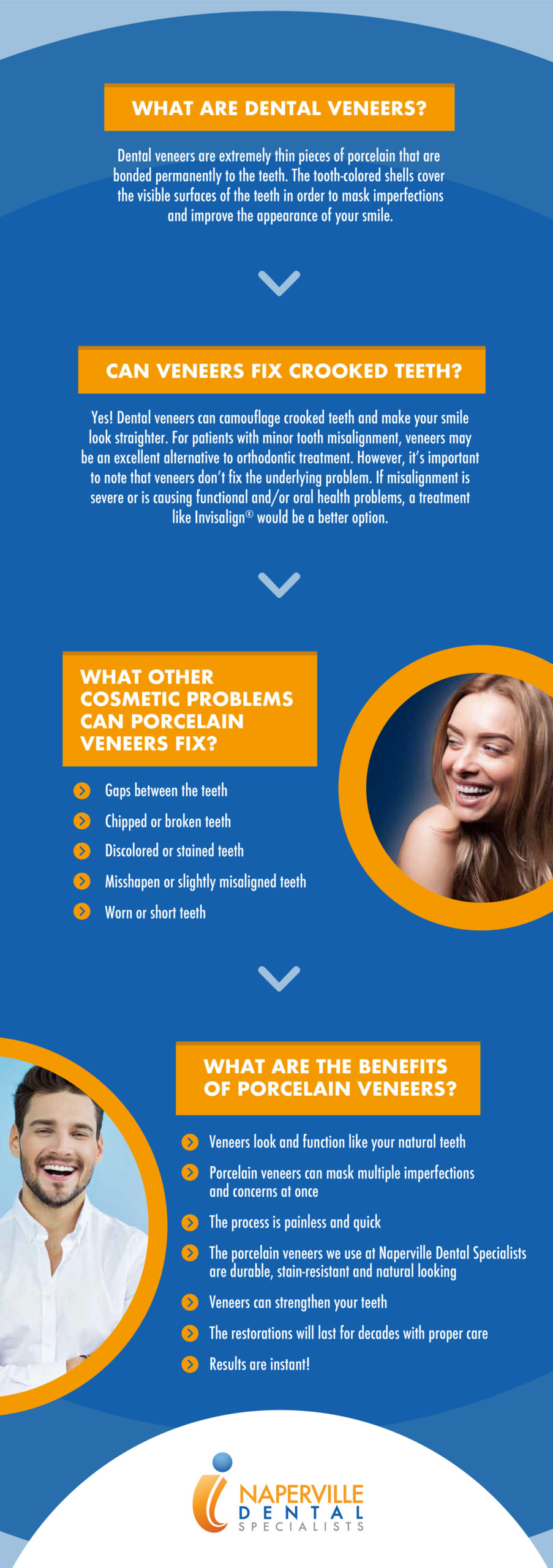
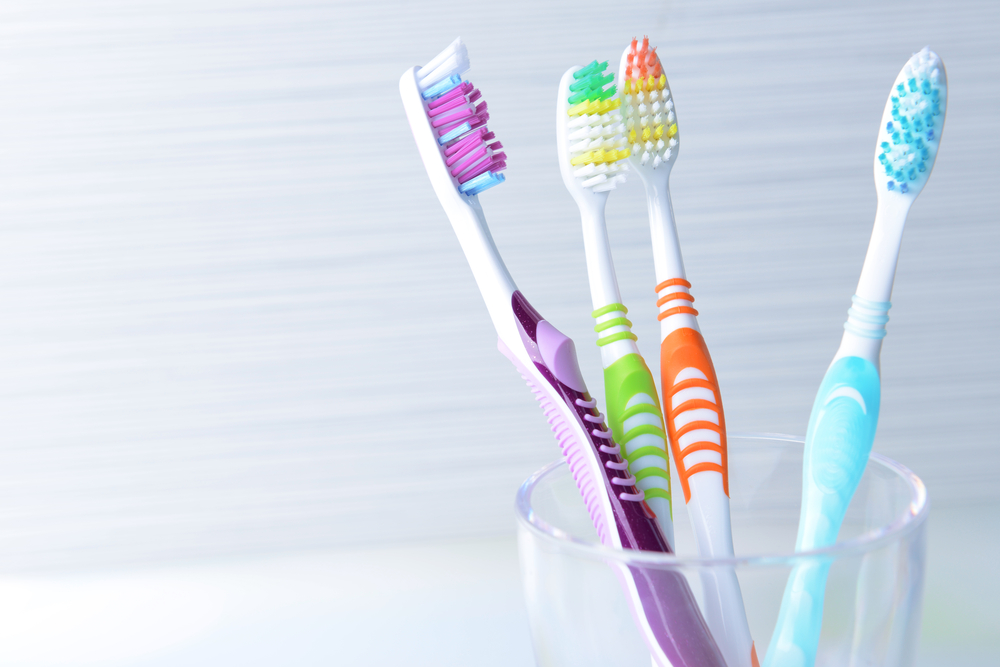


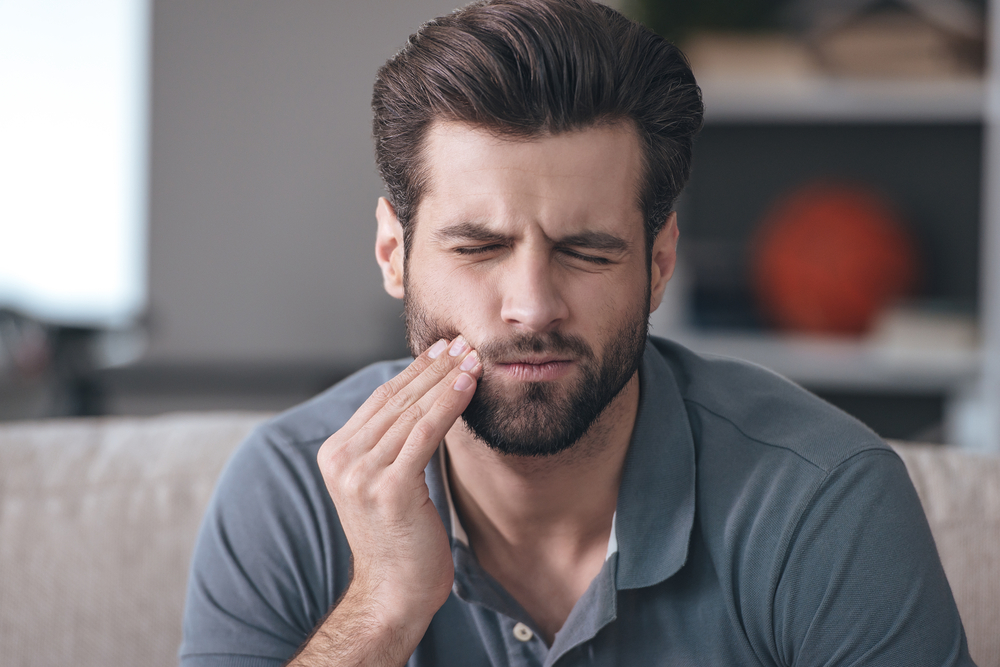
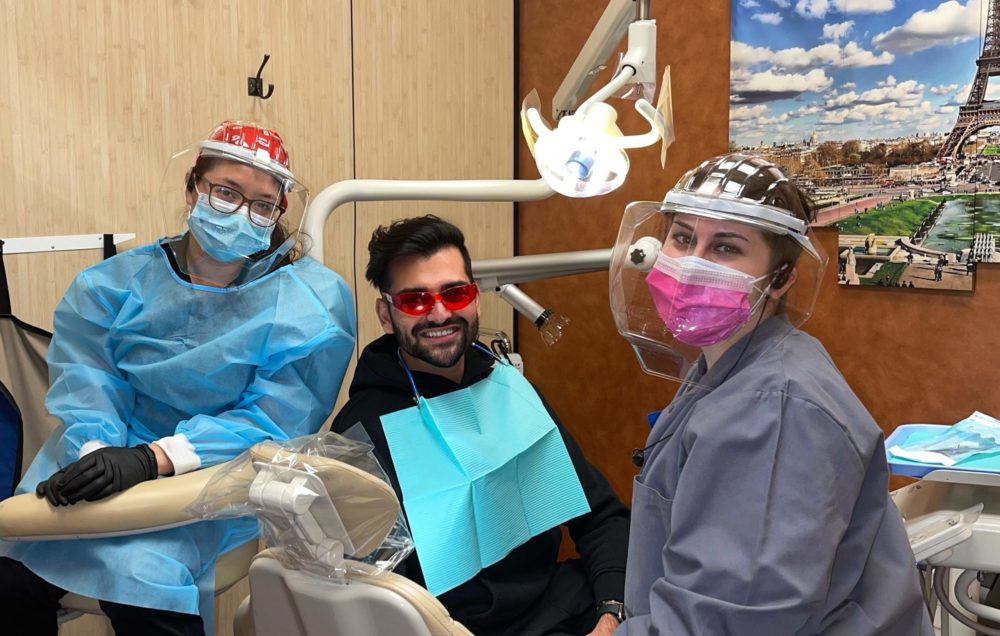


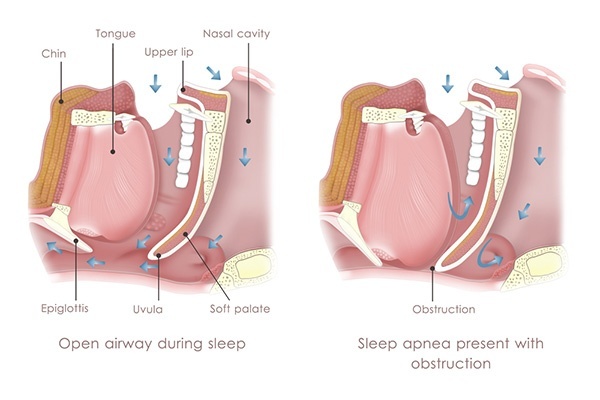 7 Tips for How to Get Better Sleep With Sleep Apnea
7 Tips for How to Get Better Sleep With Sleep Apnea 